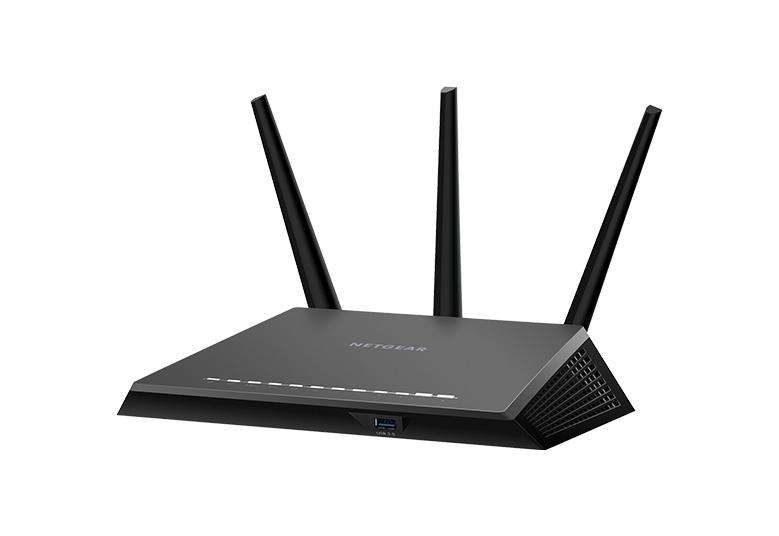Introduction
Welcome to our comprehensive guide on optimizing your home network for seamless connectivity. In this article, we’ll explore the essential steps and strategies to enhance your network performance, providing you with a smoother online experience. With our expert advice and actionable tips, you can leave behind the days of slow loading times, buffering videos, and frustrating dropouts.
Understanding Your Current Network Setup
Before we delve into optimization techniques, it’s crucial to understand your current network setup. Take note of the following components:
- Router: Your router is the central hub of your home network, responsible for distributing internet signals to connected devices. Ensure that you have a high-quality router capable of handling the demands of multiple devices simultaneously.
- Internet Service Provider (ISP): Check your current internet plan and speeds. If you experience consistent connectivity issues, consider upgrading to a higher bandwidth plan to support your household’s needs adequately.
- Devices: Assess the devices connected to your network. Older devices may not be optimized for the latest Wi-Fi standards, potentially hindering overall performance.

Optimizing Router Placement
Proper router placement is critical for optimal coverage and signal strength. Follow these guidelines:
- Central Location: Place your router in a central area of your home to minimize signal interference and ensure even coverage throughout all rooms.
- Elevation: Position the router at an elevated height, such as on a shelf or wall mount, to enhance signal propagation.
- Avoid Obstructions: Keep the router away from thick walls, metal objects, and electronic appliances that can obstruct Wi-Fi signals.
Upgrading Firmware and Settings Configuration
Regularly updating your router’s firmware is essential to access the latest bug fixes and performance improvements. Additionally, optimizing the following settings can significantly boost your network’s performance:
- Quality of Service (QoS): Prioritize critical applications like video streaming or online gaming to allocate bandwidth effectively.
- Channel Selection: Switch to less congested Wi-Fi channels to reduce interference from neighboring networks.
Implementing Mesh Wi-Fi for Seamless Coverage
For larger homes or spaces with multiple dead zones, consider implementing a mesh Wi-Fi system. A mesh network consists of interconnected access points, providing seamless coverage across the entire area.
Securing Your Home Network
Protecting your network from potential threats is of utmost importance. Follow these security measures:
- Strong Passwords: Use strong, unique passwords for your Wi-Fi network and router administration. Avoid using default credentials.
- Network Encryption: Enable WPA3 encryption for the highest level of security, ensuring that unauthorized users cannot access your network.
- Firewall Protection: Activate the router’s built-in firewall to block malicious incoming traffic.
Managing Bandwidth Usage
Network congestion can lead to slow performance. Manage bandwidth usage effectively:
- Limit Background Apps: Restrict bandwidth-heavy applications running in the background, especially during critical tasks.
- Scheduled Updates: Schedule software updates during non-peak hours to prevent disruptions.
Extending Range with Wi-Fi Extenders
To eliminate dead zones and expand your network’s coverage, consider using Wi-Fi range extenders. These devices capture the existing Wi-Fi signal and amplify it, extending coverage to hard-to-reach areas.
Conclusion
Congratulations! You’ve now learned how to optimize your home network for seamless connectivity. By following these expert tips, you can enjoy faster browsing, smoother streaming, and uninterrupted online experiences. Remember to periodically reassess your network’s performance and make necessary adjustments to keep it running at its best. Here’s to a future of flawless connectivity!
